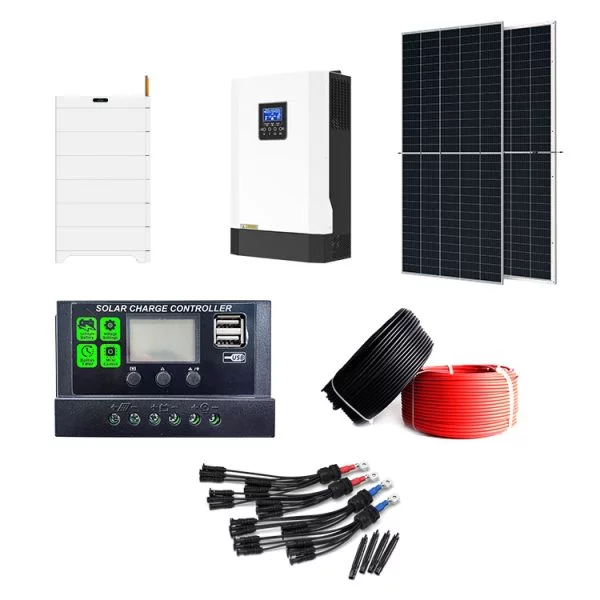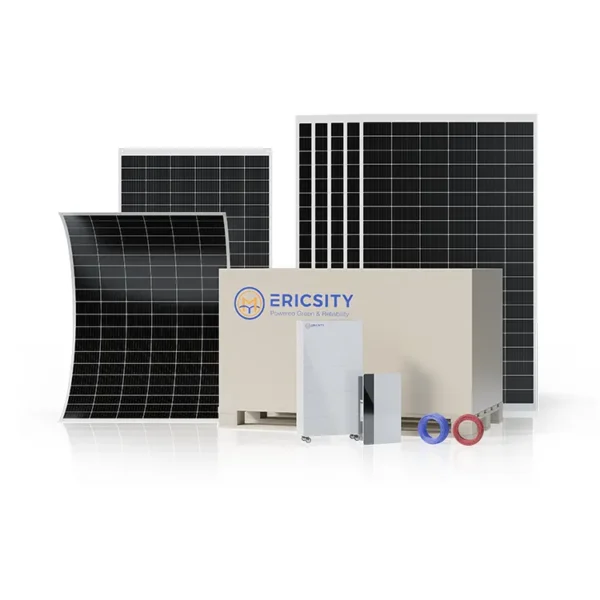HOT PRODUCT
Product Details
Comparing 2022’s Solar Panel Prices To Previous Years
Title: Comparing 2022’s Solar Panel Prices to Previous Years
Introduction
As the world transitions towards a more sustainable future, the demand for solar panels continues to rise. The solar industry has consistently evolved, bringing about advancements in technology and manufacturing processes that have led to reduced costs and increased efficiency. In this article, we will compare the prices of solar panels in 2022 with previous years, shedding light on the progress made and the financial feasibility of adopting solar energy.
Rapid Decline in Solar Panel Prices
Over the past decade, the cost of solar panels has witnessed a substantial decline, making solar energy more accessible and financially viable for homeowners, businesses, and utility-scale projects. In 2010, the average price for a solar panel was around $1.50 per watt. By 2015, this had dropped to $0.50 per watt, and as of 2022, the cost has further decreased to approximately $0.20 per watt.
Factors Driving the Price Reduction

1. Technological Advancements: Advancements in solar panel technology have significantly contributed to the decline in prices. The development of more efficient and affordable materials, such as thin-film and perovskite solar cells, has lowered manufacturing costs.
2. Economies of Scale: The increasing demand for solar panels, coupled with the expansion of manufacturing facilities, has resulted in economies of scale. As production volumes increase, manufacturers can spread out fixed costs, leading to lower prices.
3. Reduction in Installation Costs: Not only have solar panel prices decreased, but the costs associated with installation have also fallen. Improved installation techniques, streamlined permitting processes, and a growing number of skilled installers have contributed to this reduction.
Comparison with Previous Years

When comparing the prices of solar panels in 2022 to previous years, we can observe a significant drop. In 2010, a 5 kW residential system would cost around $30,000, whereas in 2015, the same system would cost approximately $15,000. Fast forward to 2022, and the cost of a 5 kW residential system has further decreased to around $8,000 – $10,000, depending on the brand and location.
It is important to note that while the upfront installation costs have decreased, the overall return on investment has also improved. Solar panels have become more efficient, generating higher electricity outputs over their lifespan. Additionally, the availability of financial incentives, such as federal tax credits and state rebates, can further reduce the overall cost of going solar.
Future Outlook
Considering the continuing technological advancements, it is anticipated that solar panel prices will continue to decline in the coming years. As the industry gears towards higher efficiency and greater economies of scale, the affordability of solar energy will be enhanced further.
Furthermore, the increasing demand for solar panels, driven by both environmental concerns and cost advantages, will continue to drive market competition, resulting in competitive pricing.

Conclusion
The prices of solar panels in 2022 have reached a historic low, making renewable energy a more financially attractive option for countless individuals and organizations. Technological advancements, economies of scale, and reduced installation costs have all played a crucial role in driving down prices.
As the solar industry continues to mature, it is expected that prices will continue to decline, opening doors for widespread adoption of solar energy. The financial feasibility, coupled with environmental benefits, positions solar power as a key player in the global transition towards a sustainable and clean energy future.




